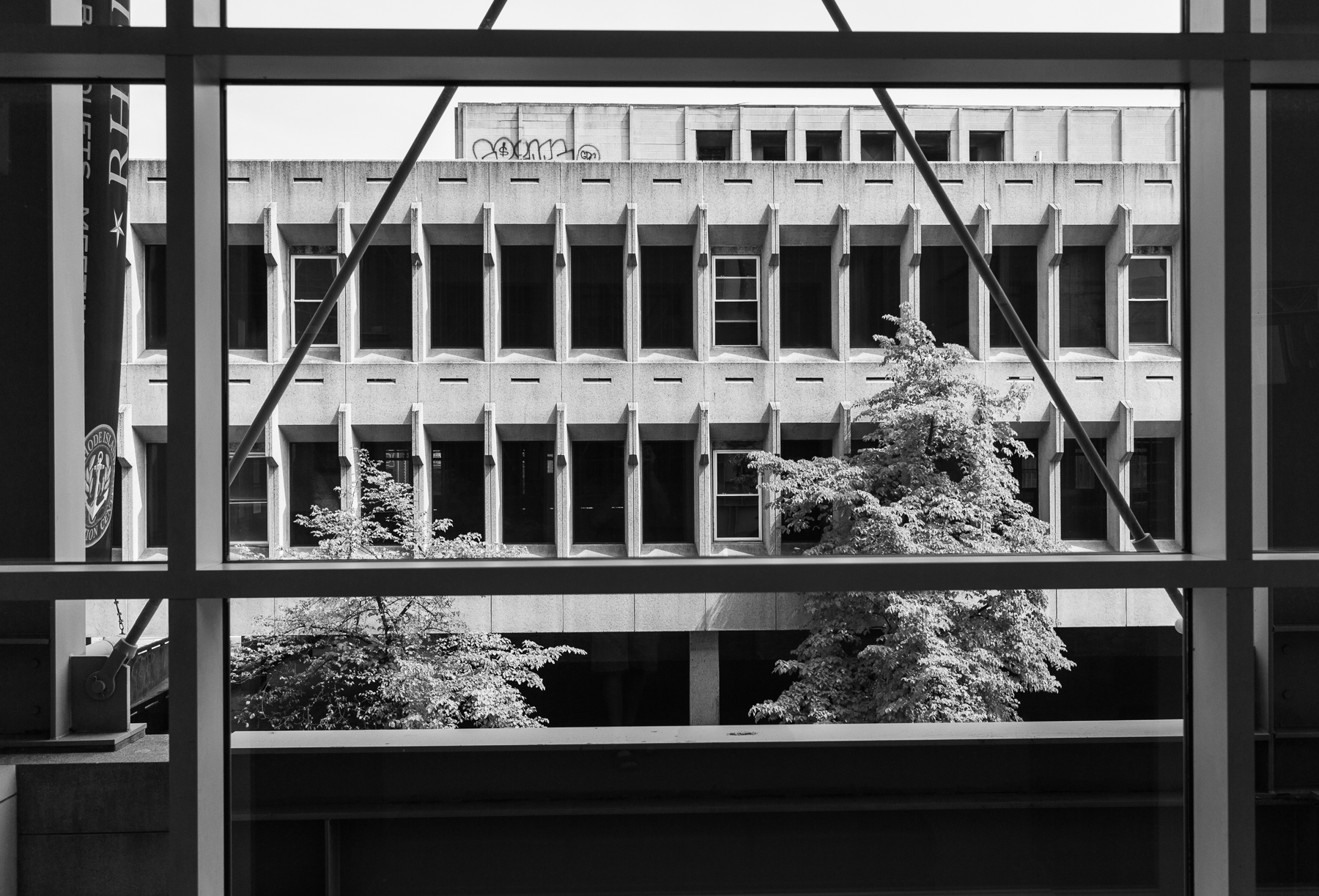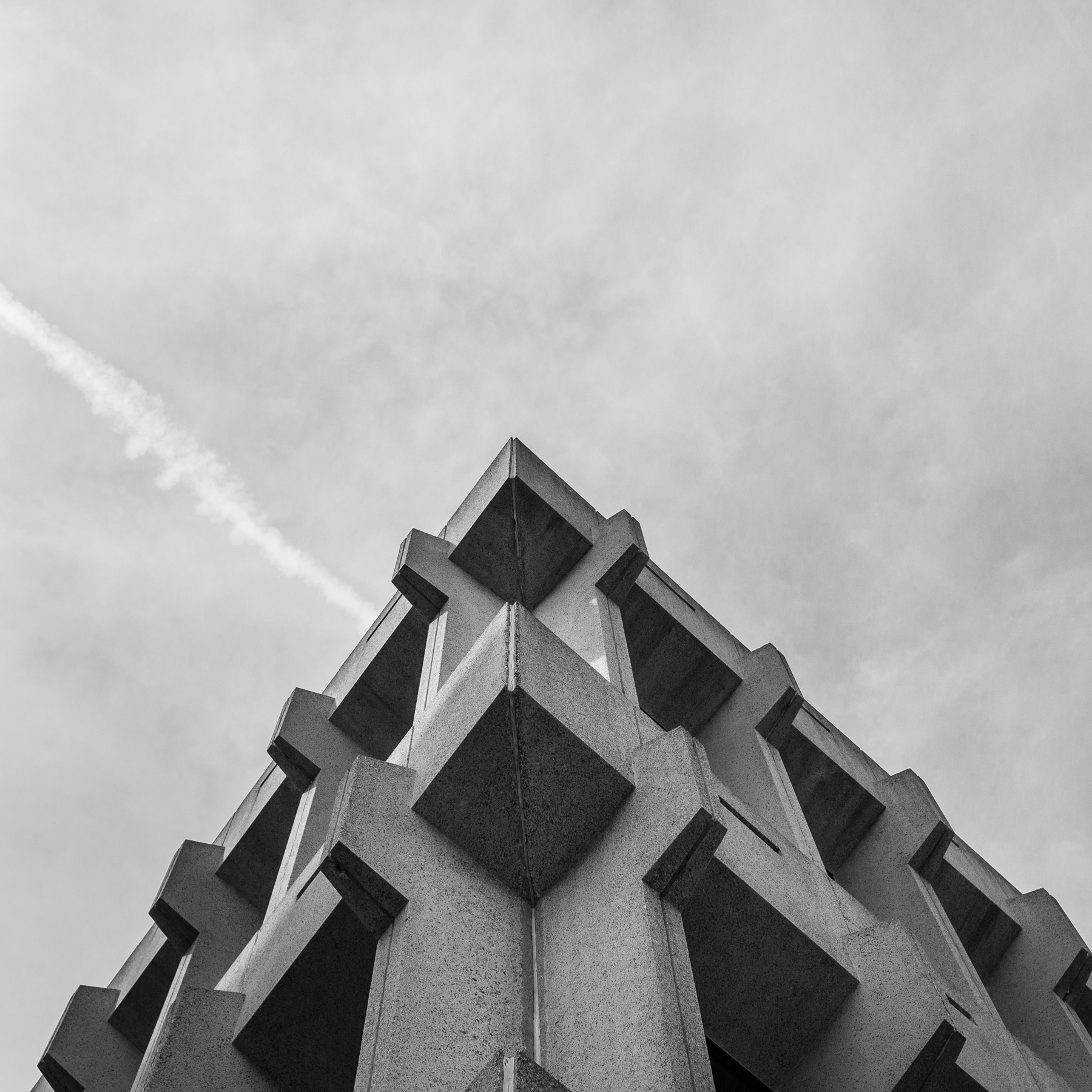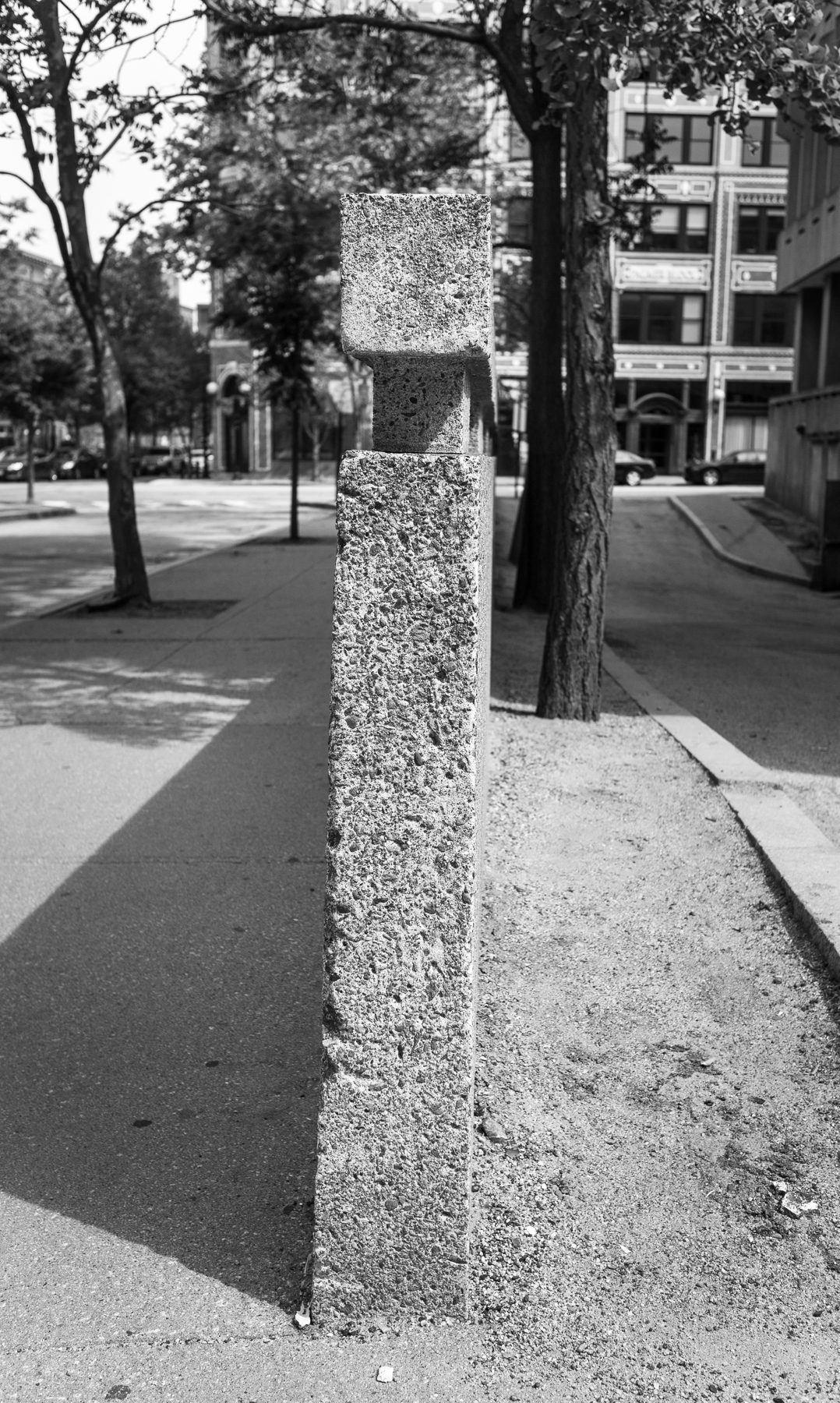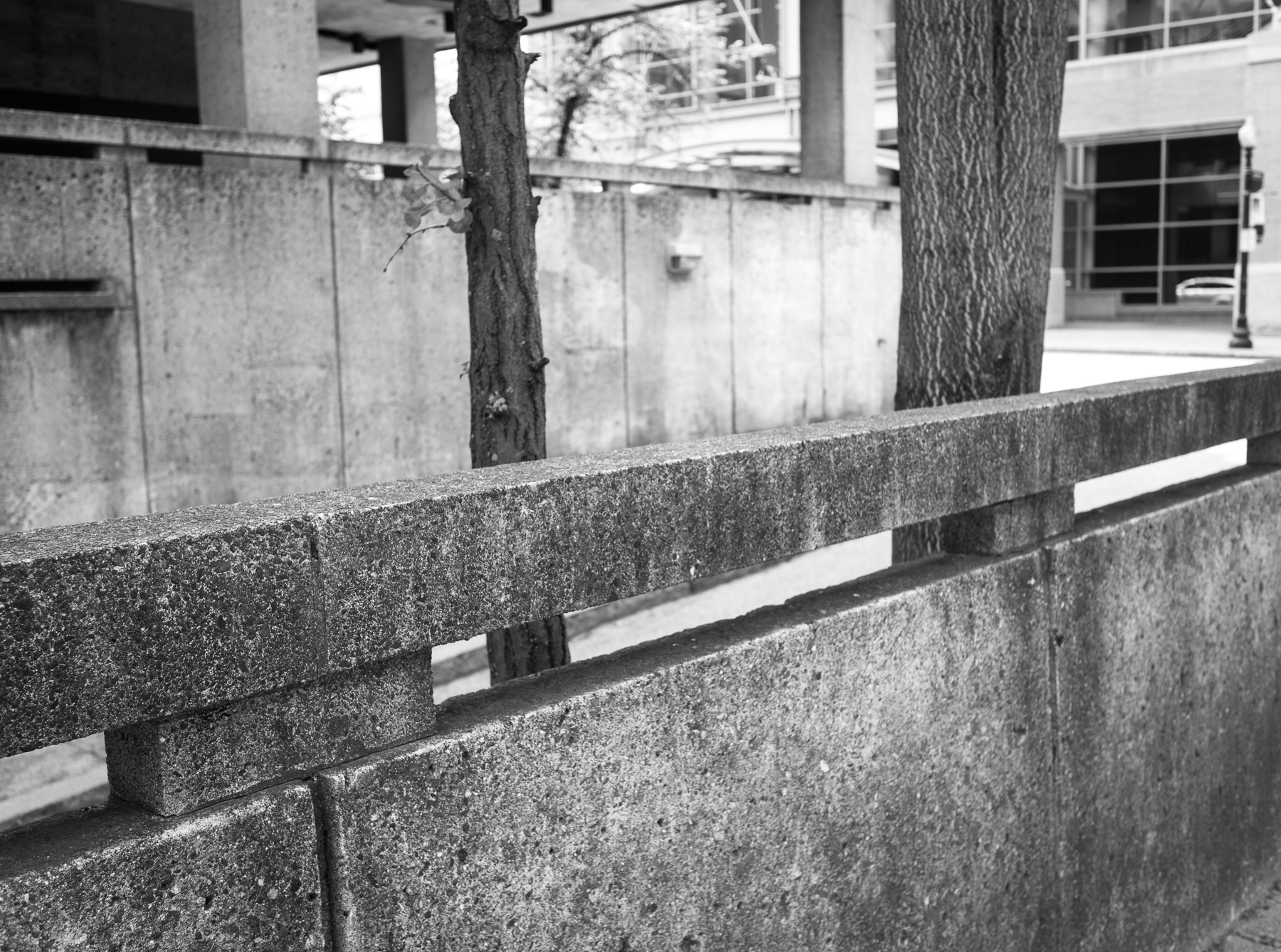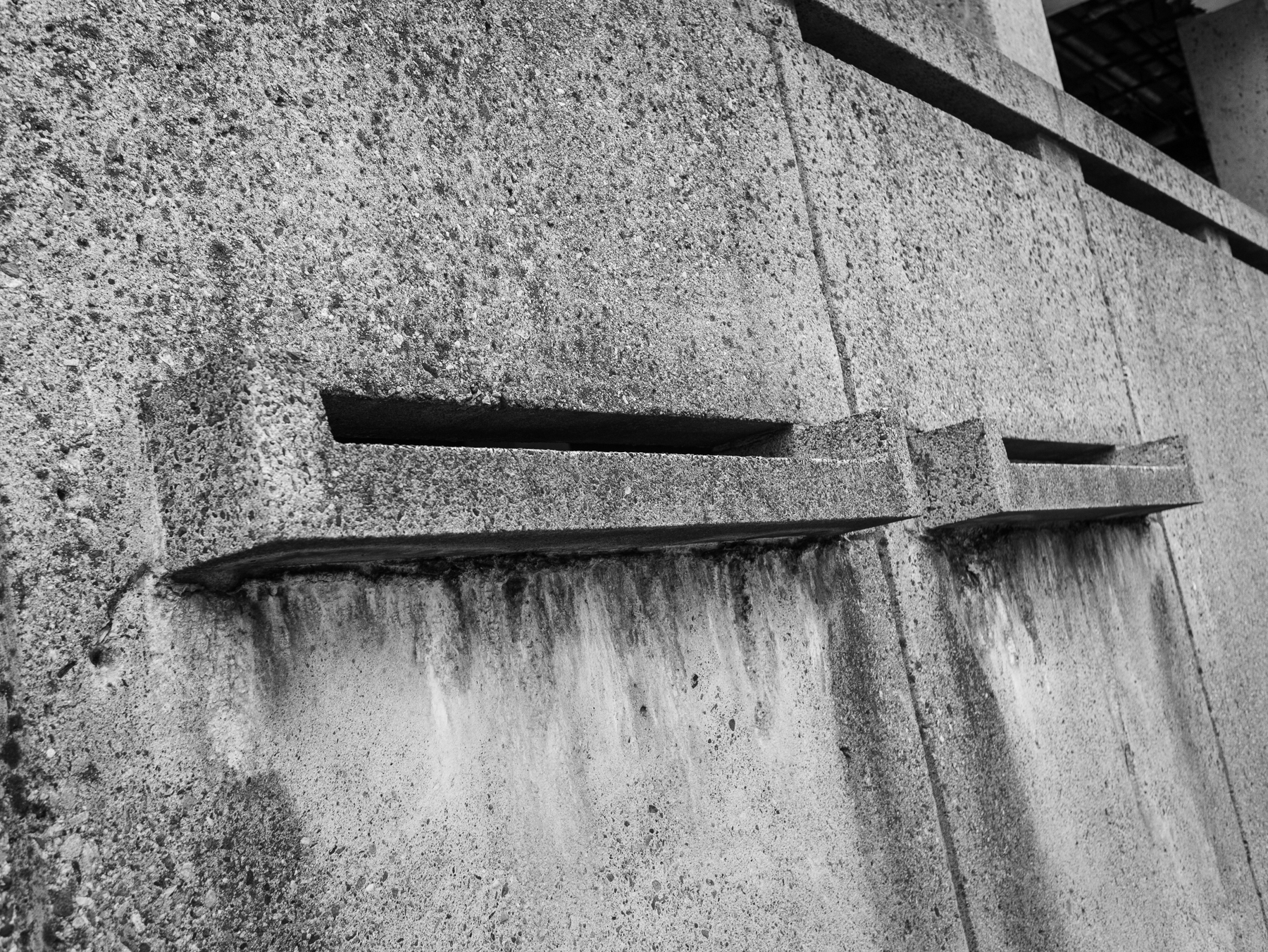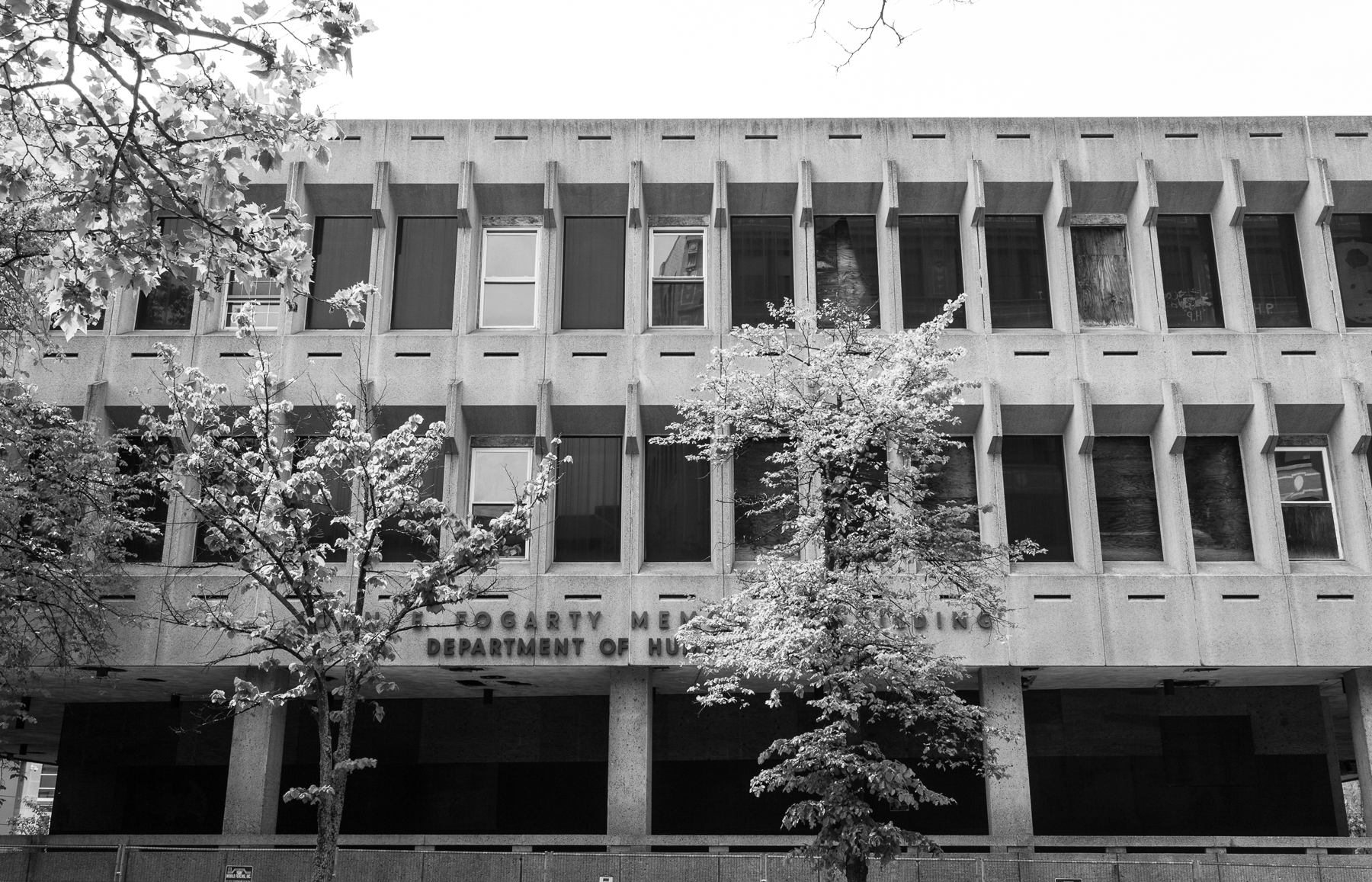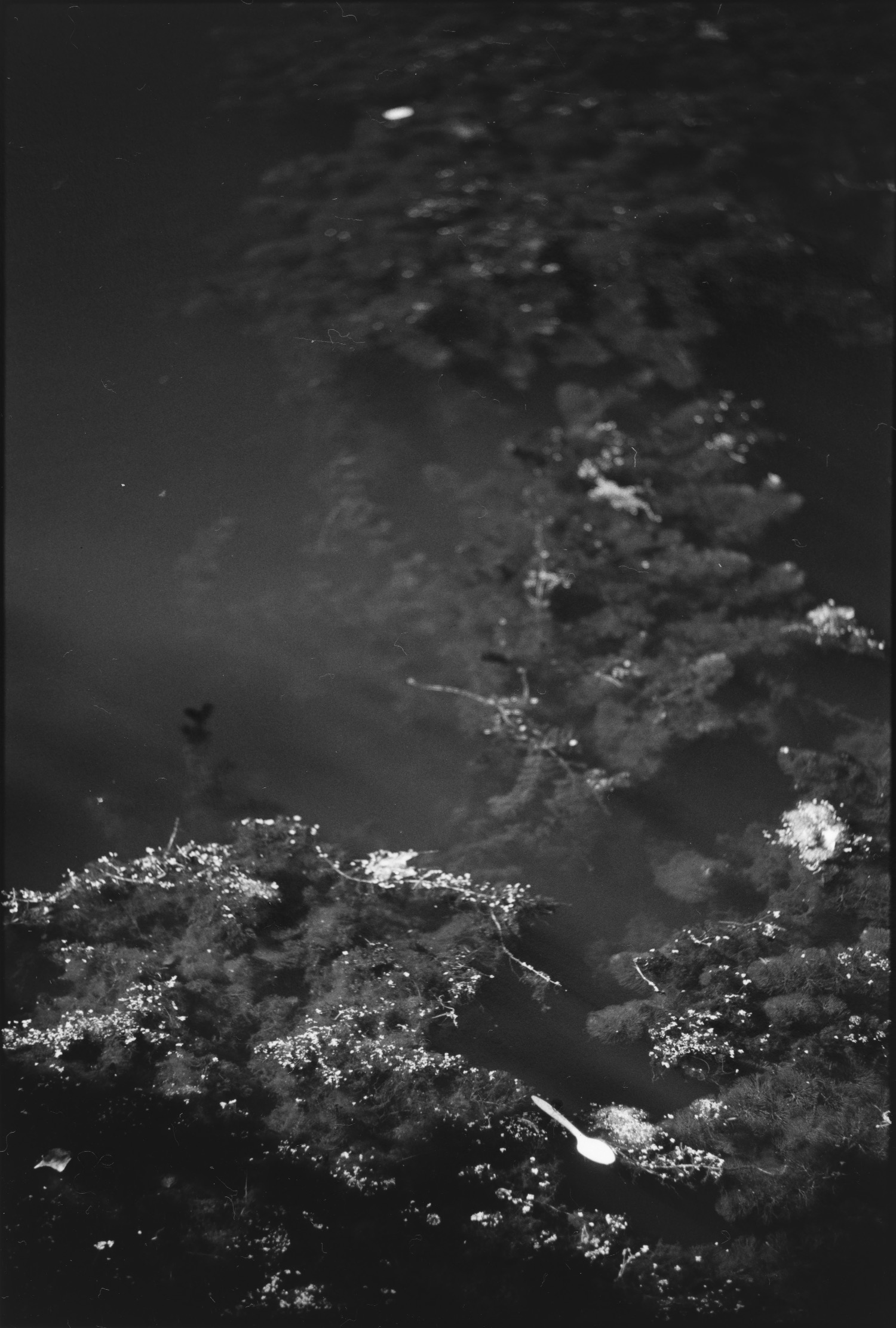LITERATURE AND SOUND ART COMBINE AS ARTISTS IMAGINE THE SOUNDS OF THOMAS MORE’S UTOPIA
51 sound artists and musicians from across the world reimagine one of the greatest works of English literature, using sound.
The Cities and Memory: Utopia project creates something new from the words of Thomas More and the collective imagination of artists around the world – an entirely new Utopia of sound.
Using a woodcut map from the second edition of Utopia from 1518, sound artists each took a small section of More’s imagined country of Utopia, and created a new soundscape imagining how that place (and the society living in it) might sound.
The result is a collaborative sonic imagination of what More’s Utopia might have sounded like, and deals with issues including slavery, religion, freedom and even the current refugee crisis in Europe.
The project is housed on an interactive sound map at www.citiesandmemory.com/utopia, featuring:
- More’s Utopia divided into 30 different regions
- 51 sound artists, musicians and field recordists taking part from across the world, each bringing their own interpretation to the project.
The sounds range from musical tracks built out of field recordings from Italy, France, USA, Australia and many other locations; drone and ambient pieces; pieces constructed from readings of the original text and other works; imagined conversations on the island; and even full-scale electronica tracks.
Contributing sound artists come from locations all over the world, including the UK, USA, Canada, Greece, Germany, Spain, Portugal, Australia, Mexico and Sweden.
A free album of highlights from the project, entitled Utopia, will be released via http://citiesandmemory.bandcamp.com at the end of October to mark the end of the project.
The project is one part of a global field recording & sound art work called Cities and Memory, which aims to present and remix the sounds of the world through a global sound map in which every location has two sounds: a documentary field recording and a reimagining of that sound.
The project, which has had 220,000 listens in the past 18 months, records both the current reality of a place, and also present its imagined, alternative counterpart – in effect remixing the world, one sound at at time. Every faithful field recording is accompanied by a reworking, a processing or an interpretation that imagines that place and time as somewhere else, somewhere new. The listener can choose to explore locations through their actual sounds, or explore interpretations of what those places could be – or to flip between the two different sound worlds at leisure.
There are currently almost 900 sounds featured on the sound map at www.citiesandmemory.com, spread over 40 countries.
Cities and Memory has grown rapidly over the past year, with features on The Atlantic, Vice, Slate.com, CBC national radio in Canada, Resonance FM in the UK and specialist sound sites such as Creative Field Recording and the London Sound Survey.
The project is completely open to submissions from field recorders, musicians or anyone with an interest in exploring sound worldwide. The field recording and sound art communities have embraced the concept: more than 170 field recordists and sound artists from as far afield as Calcutta, Los Angeles and Cape Town have taken part, providing field recordings and radical reimaginings of global sounds.
More’s Utopia explores the society, behaviour, law, customs and culture of the inhabitants of Utopia – a coinage that can be seen to mean both ‘good/ideal place’ and ‘nowhere’.
However, despite the space given over to the topography of the country and the appearance of its cities and people, there are only a scattered handful of references to sound.
The most notable reference to sound is simple: ““[The Utopians] entertain themselves with the delights let in at their eyes, their ears, and their nostrils as the pleasant relishes and seasoning of life, which Nature seems to have marked out peculiarly for man, since no other sort of animals contemplates the figure and beauty of the universe… nor do they apprehend the concords or discords of sound.”
What were those concords and discords of sound that so delighted or repulsed the Utopians?


